First time buyers get 20% off *
Trois Gymnopedies (1888)
Erik Satie, (1866– 1925)
Any Saxophone Solo with Piano
Includes parts for E flat and B flat saxophones
Trois Gymnopedies by Erik Satie arranged for Any Saxophone Solo with Piano. Includes parts for E flat and B flat saxophones. Originally the first and third pieces were published separately in 1888; the second, 1895. The set of three was published in 1898. They are deceptively simple but not easy to play.
These short, atmospheric pieces are written in 3/4 time, with each sharing a common theme and structure. The Trois Gymnopedies are regarded as an important precursor to modern ambient music. The melodies of the pieces use deliberate, but mild, dissonances against the harmony, producing a piquant, melancholy effect that matches the performance instructions, which are to play each piece “painfully” (douloureux), “sadly” (triste), or “gravely” (grave).
This arrangement of Trois Gymnopedies is complete and in the original keys. It includes the following parts:
-
-
- Piano Score (with solo saxophone part in concert pitch)
- E flat Saxophone: Alto or Baritone Saxophone
- B flat Saxophone: Soprano or Tenor Saxophone
-
- The range for each saxophone part is shown below.
- Audio and score excerpts are available above.

About the Composer
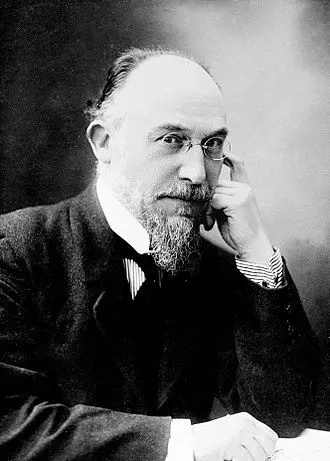 Éric Alfred Leslie Satie: 17 May 1866 – 1 July 1925)
Éric Alfred Leslie Satie: 17 May 1866 – 1 July 1925)
Born May 17, 1866 in Honfleur, Basse-Normandie, France, Satie was a music composer, and a performing pianist, though mainly for café- and cabaret audiences. Satie wrote theatre and ballet music, as well as piano music. His compositions are original, humorous, often bizarre, and very minimalistic. His music is sometimes called furniture music, supposed to be in the background of everyday life. It is evidently anti-romantic and also anti-impressionistic.Satie eventually became a leading figure of the French avant-garde. He was not taken seriously as a composer by his contemporaries until he was in his forties.
In 1917 the first performance in Paris of the ballet Parade (the orchestration of which included parts for typewriter, foghorn and rattle) caused a scandal, which established his name as a composer. Satie wrote this ballet together with Jean Cocteau and Pablo Picasso for the Russian impresario Diaghilev, leader of the Ballets Russes. Satie gave his piano pieces names like Unpleasant Glimpses, Genuine Flabby Preludes (for a dog), or Old Sequins and Old Breastplates. He accompanied the scores of these pieces with all kinds of written remarks, insisting that these should not be read out during performance.
Every day of his working life Satie left his apartment in the Parisian suburb of Arcueil to walk across the whole of Paris to either Montmartre or Montparnasse before walking back again in the evening. Satie was known as an eccentric, and amongst other things he started his own church (with himself as only member). Debussy and Ravel were among his friends. He was not hailed by the masses but was admired by many young composers and musicians. In fact, Satie was the center of the Groupe des Six, a group of six French composers (Auric, Durey, Honegger, Germaine Tailleferre, Milhaud and Poulenc. The group advocated clear musical language, and opposed impressionism (for example Debussy and Ravel), slavism (Stravinsky) and post-Wagnerism (Schönberg) in music.
Erik Satie died on July 1, 1925 and is buried in Cimetiere d’Arcueil, Arcueil, France.

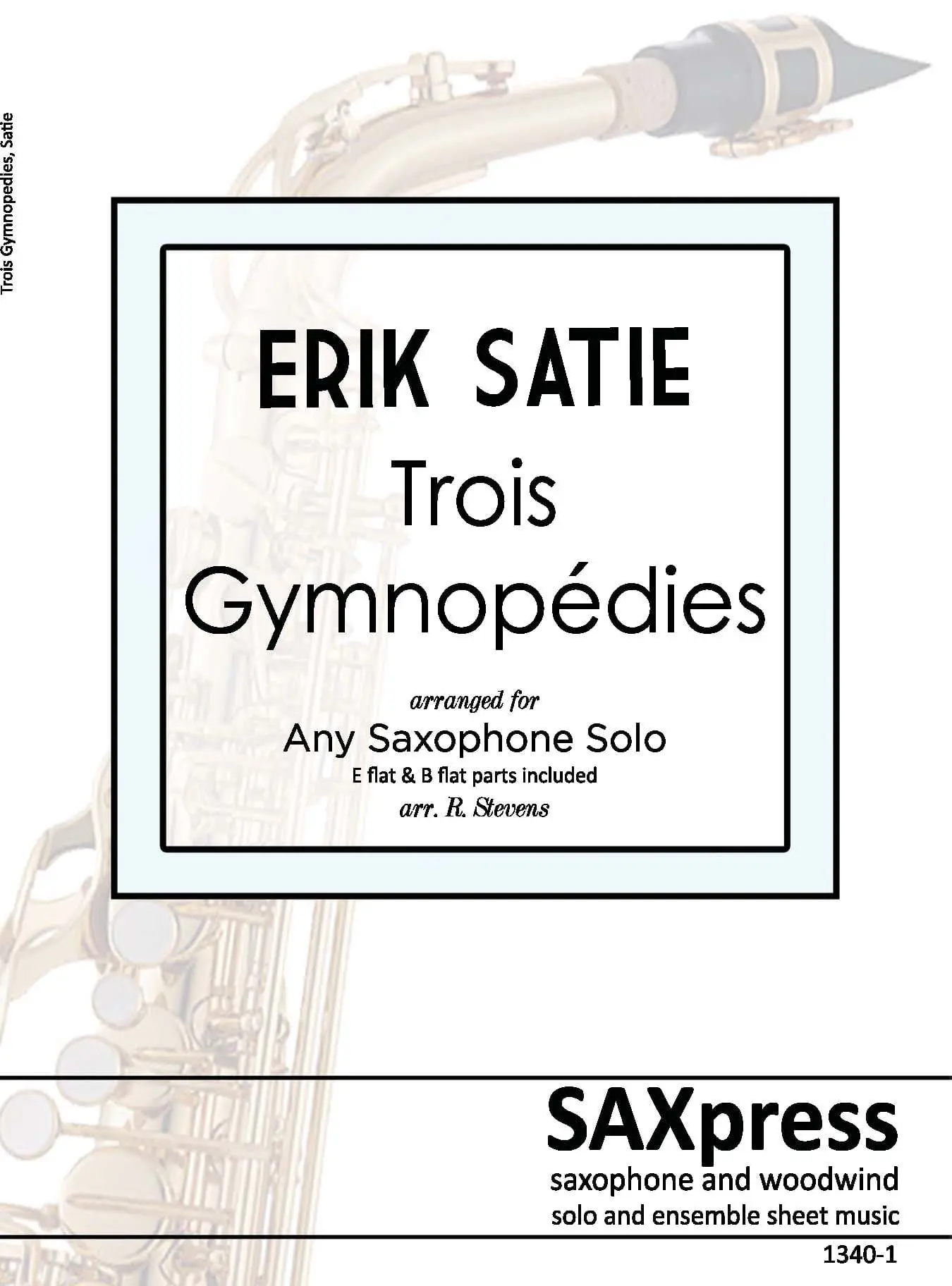

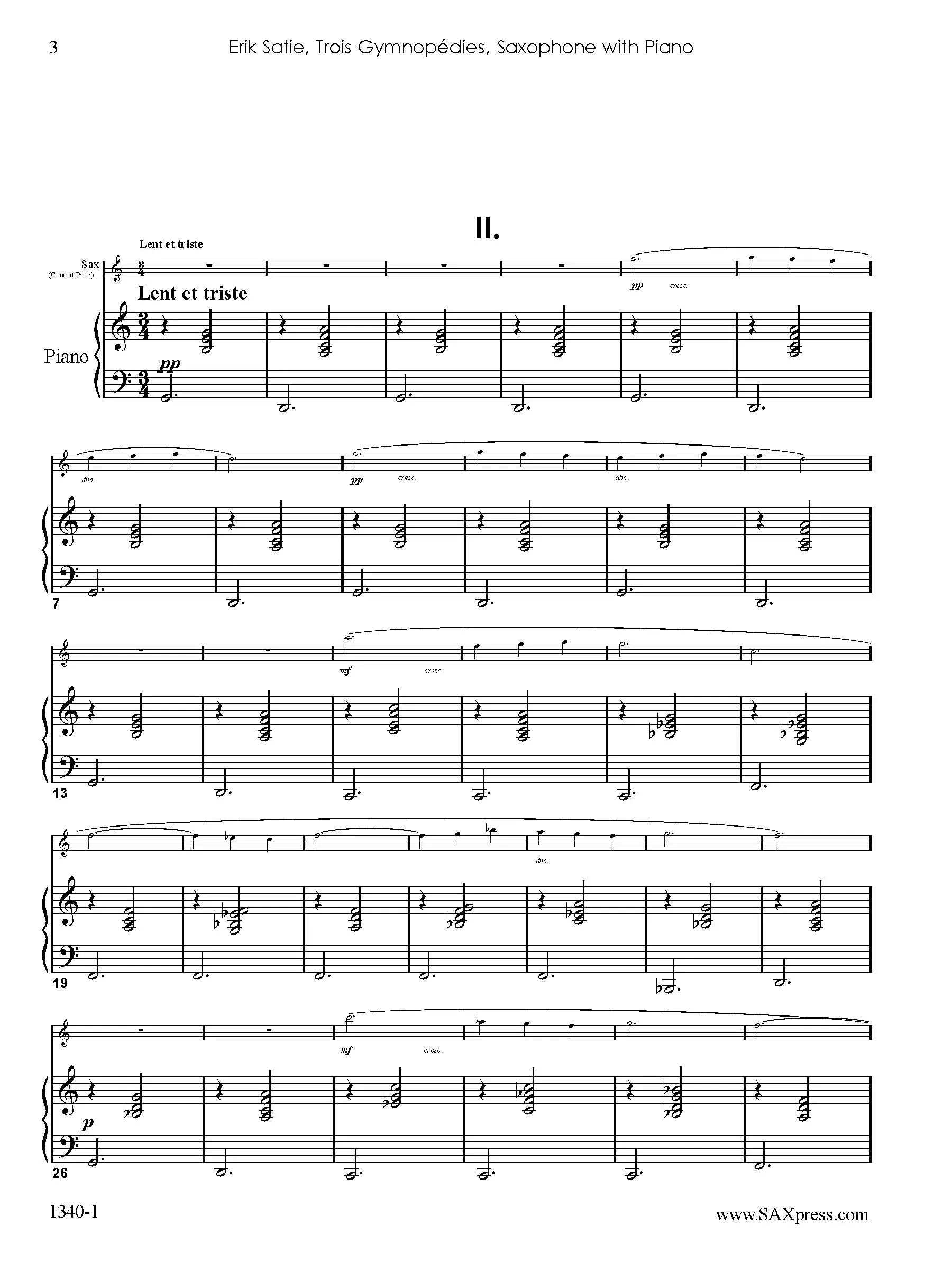
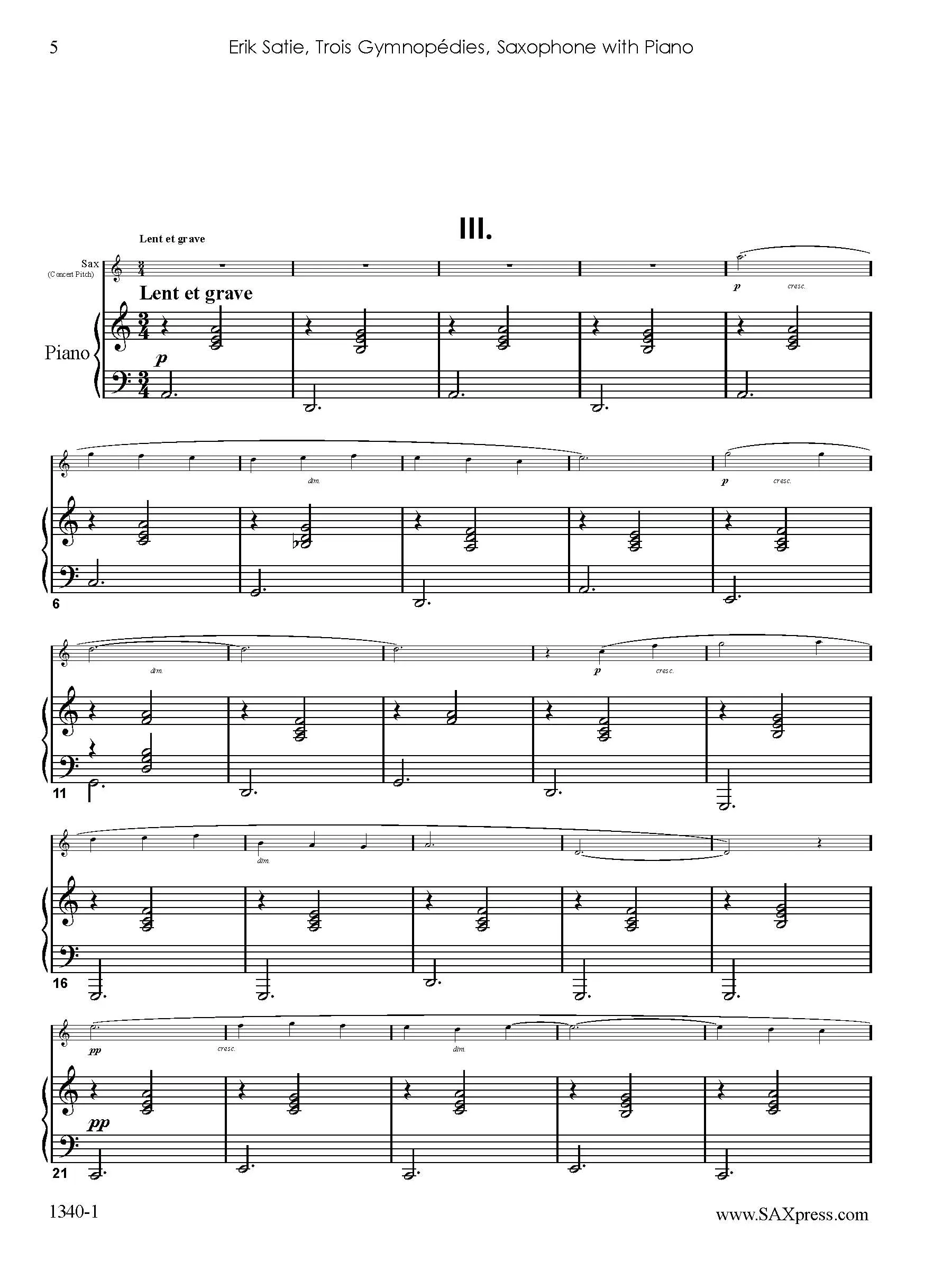
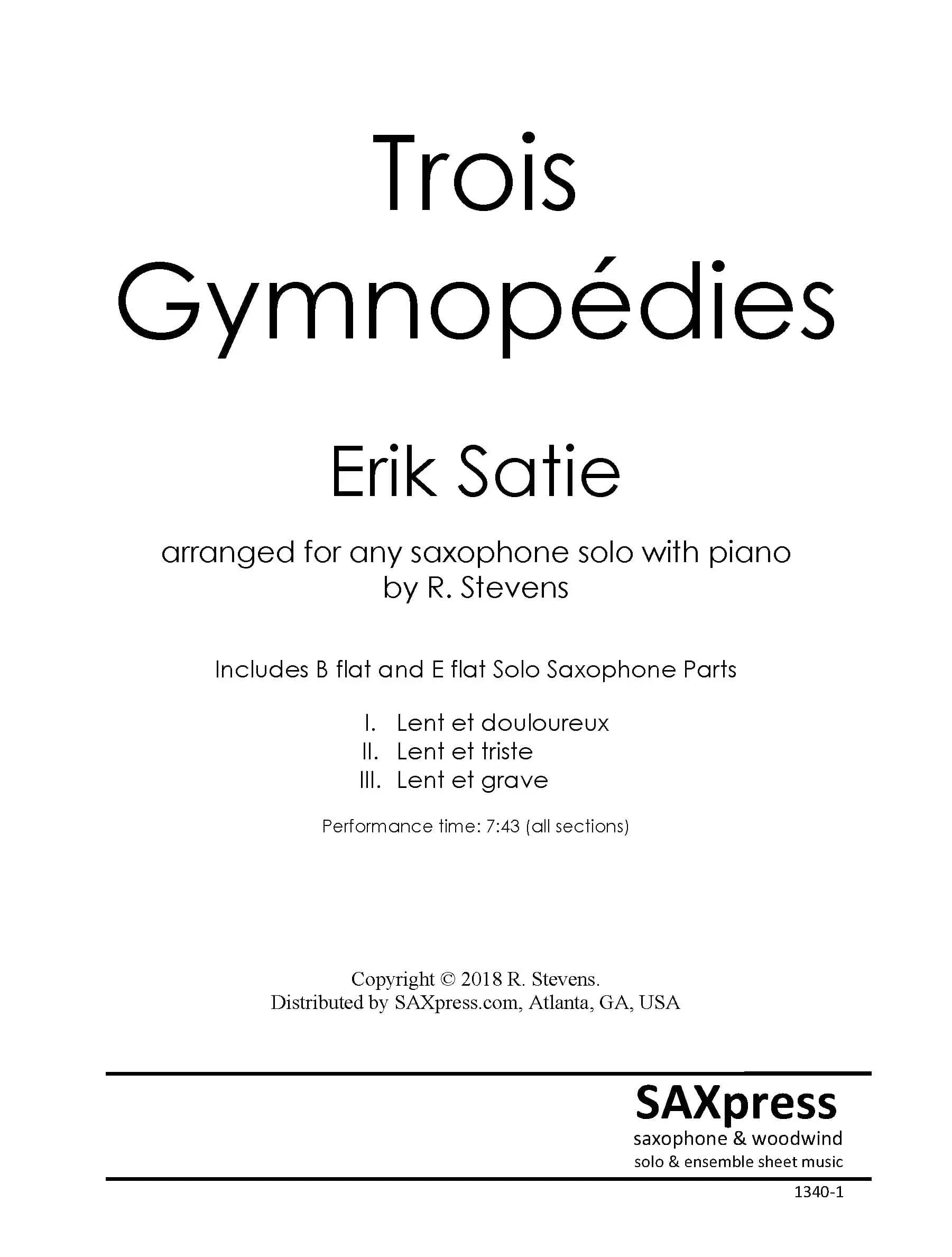


Reviews
There are no reviews yet.